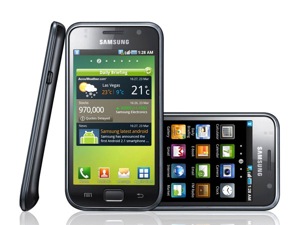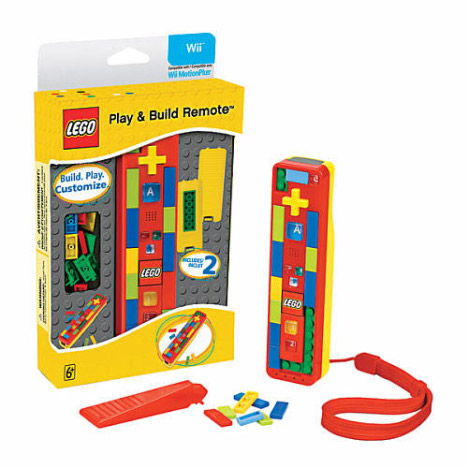CFP: International Conference Education for All (Warsaw, Poland)
The 3rd edition of International Conference 'Education for All' will take place in Warsaw, Poland on June 29 – July 1, 2011.
URL:
http://www.researchraven.com/conference/2011/6/29/international-conference-education-for-all.aspxUniversity of Warsaw cordially invites to submit papers for the third International Conference "Education for All” to be held in Warsaw, Poland, from 29.06 to 1.07.2011 (i.e. three days).
The Conference "Education for All” has become a regular event associated with promoting equal opportunities of access to education for persons with disabilities. It constitutes a real chance to meet and share knowledge. The previous, second conference, was attended by 240 representatives from nearly 30 countries from all over the world.
The Third International Conference ‘Education for All’ will be divided into three session tracks:
1. Preparation of teaching staff and organization of support for pupils with disabilities in the framework of inclusive education
2. Implementation of United Nations’ Convention on the Rights of Persons with Disabilities – reality or fiction?
3. IT and assistive technologies in higher education
Session Tracks
Conference will be divided into three sessions taking place simultaneously in different rooms of the Old Library building:
1. Preparation of teaching staff and organization of support for pupils with disabilities in the framework of inclusive education
Inclusive education still poses a great challenge, especially in relation to pupils with the most severe disabilities – totally blind, deaf, and pupils with multiple disabilities. The barriers are associated both with preparation of teachers and organization of an effective support system. The goal of this topic series is to share experiences and to present good practices for giving support to pupils with disabilities, their families and general school teachers during the education process in these schools. We would also like to discuss models for effective implementation of inclusive education for basic and medium level education.
The lectures may cover such topics as e.g.:
* preparation of general school teachers for work with disabled pupils,
* providing access to adaptive technologies, special teaching aids and alternative forms of handbooks,
* Training pupils with disabilities in special skills, e.g. using braille, adaptive technologies etc.
* functioning of pupils with disabilities in peer groups,
* external system of support for schools associated with education of pupils with disabilities,
* research on effectiveness of inclusive education implementation,
* systems providing support to general schools and pupils with disabilities in various European and non-European countries.
2. Implementation of United Nations’ Convention on the Rights of Persons with Disabilities – reality or fiction?
Despite signing the UN Convention in 2007, Poland has not ratified it yet. Bringing up this topic, we would, therefore, like to discuss experiences resulting from the execution of Convention provisions in the countries which belong to the EU and those who are not its members. All people interested in the execution of Convention provisions are invited to the discussion, especially representatives of non-governmental organizations embracing people with disabilities or those who work for their benefit, parents of children with disabilities as well as politicians and local authorities responsible for the execution of the provisions.
The lectures can concern e.g.:
* experiences of different countries in the implementation of the Convention,
* ratification process and role played by groups of people with disabilities, especially in adaptation of legal acts to Convention requirements,
* real changes in lives of people with disabilities after the implementation of the Convention,
* barriers and difficulties associated with the execution of Convention provisions,
* Convention vs education of persons with disabilities,
* Research on the effectiveness of applying Convention regulations.
3. IT and sssistive technologies in higher education
The role of the Internet becomes more and more important in all aspects of life; it particularly concerns education of persons with disabilities in higher education facilities. This topic will be devoted to various forms of technological support for students with disabilities. It will concern not only the students but also those who are responsible for organization of the support for this group in higher education facilities as well as producers and research institutions which create adaptive technologies and deal with using the Internet for the needs of people with disabilities.
The lectures may be devoted to e.g.:
* e-learning – inclusion or exclusion,
* Digital libraries and digitalization of collections,
* Remote education services for students with disabilities,
* Teaching material adaptation standards, including Daisy,
* Adaptation of websites to the needs of persons with disabilities,
* Newest adaptative technology solutions giving equal opportunity in higher education.
We would like also to invite you to an exhibition of assistive technology and adaptive solutions during which University of Warsaw award for „the Best Educational Product of the Year 2011” and Prize of the Exhibition Public will be granted.
The participants may expect special prices in selected hotels and lower flight costs, thanks to the LOT Polish Airlines, the official carrier of the Conference.
You are kindly requested to distribute this information to anyone interested.
For any questions, contact us.
Organizer: University of Warsaw, Office for Persons with Disabilities
Krakowskie Przedmieście 26/28
00-927 Warsaw
http://www.disability.uw.edu.pl/e-mail:
disability@uw.edu.plphone: +48 22 55 24 228
fax: +48 22 55 20 224










 Per the National Electrical Code, the dental office is classified as a "Patient Care Area," and since liquid is present, it is also classified as a "Wet Location." The electrical code is stricter for these special conditions. Hygiene is also an OSHA concern in these areas. A regular PC monitor is designed for the office environment where the code requirements are less stringent. The ExorVision LCD monitor, on the other hand, has been designed specifically for the dental office where patient safety and operatory hygiene are central issues.
Per the National Electrical Code, the dental office is classified as a "Patient Care Area," and since liquid is present, it is also classified as a "Wet Location." The electrical code is stricter for these special conditions. Hygiene is also an OSHA concern in these areas. A regular PC monitor is designed for the office environment where the code requirements are less stringent. The ExorVision LCD monitor, on the other hand, has been designed specifically for the dental office where patient safety and operatory hygiene are central issues.



